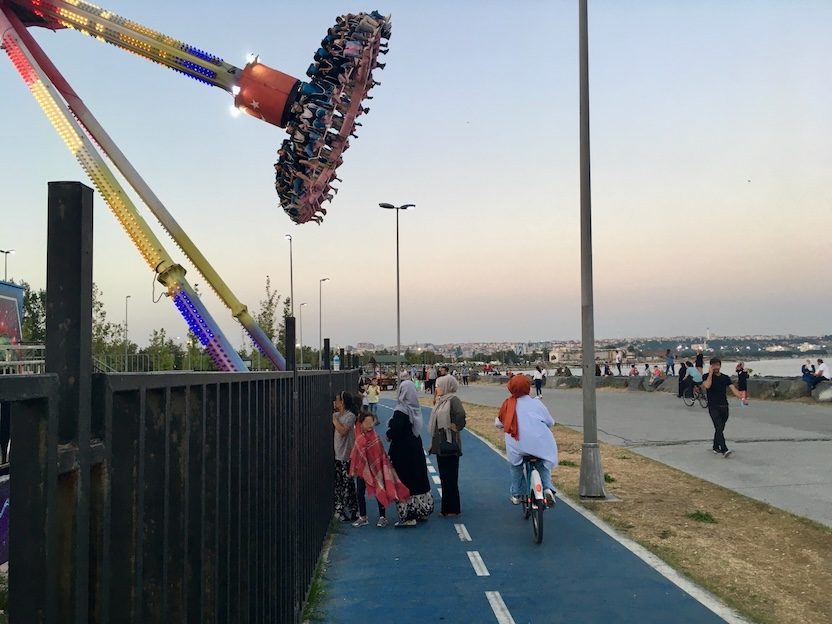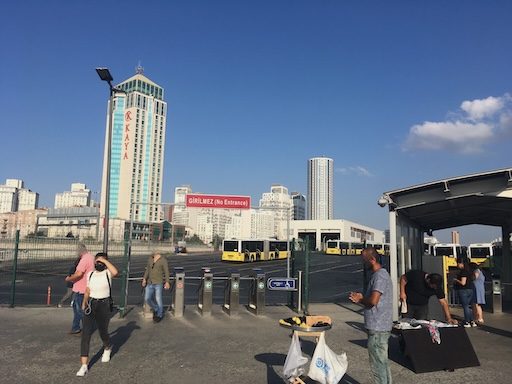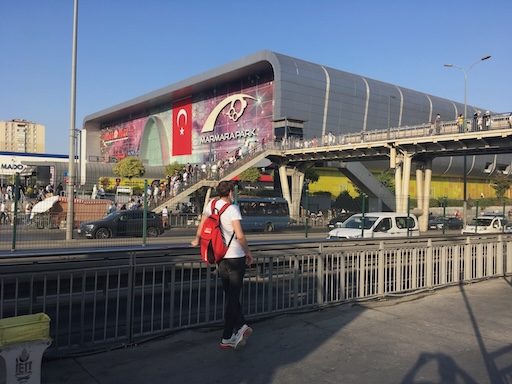ISTANBUL, TURKEY (TÜRKIYE)
Istanbul Metrobus: The hidden gem of Istanbul’s glittering public transport system
Tourists might overlook it, but the Istanbul Metrobus serves as an excellent model for developing a bus rapid transit system.
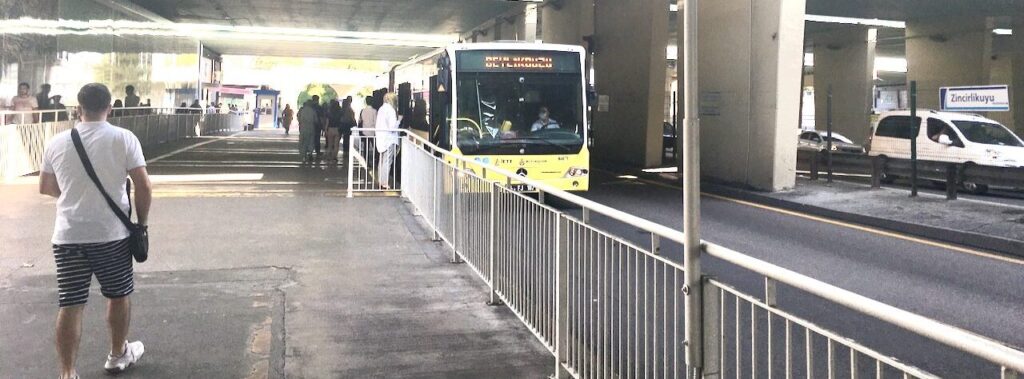
Istanbul is the capital and the main commercial hub of Turkey (officially known as Türkiye). It’s one of the most captivating cities I’ve ever explored. Beyond the food, culture, and weather, the public transport offers a delightful array of options. You can find trams (including a charming nostalgic one), both old and new funicular railways, metro systems (with both manned and driverless trains), buses, numerous ferries, and even a short cable car. There’s also a transit system that might not be on the radar for most visitors, but it’s an interesting example of a concept that often gets a bad rap worldwide: the bus rapid transit (BRT) system or known officially as the Istanbul Metrobus.
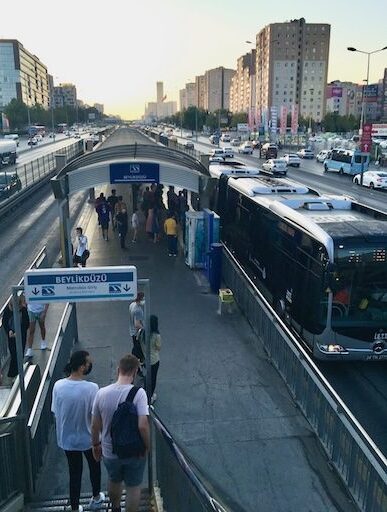
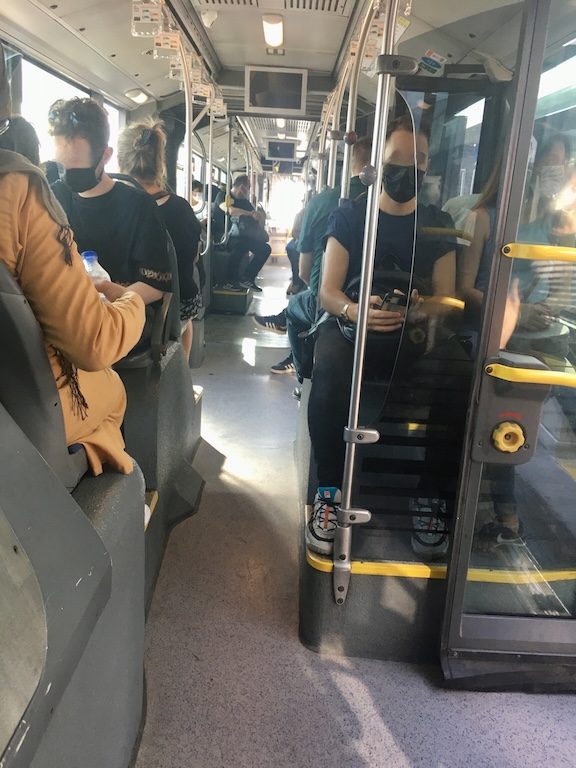
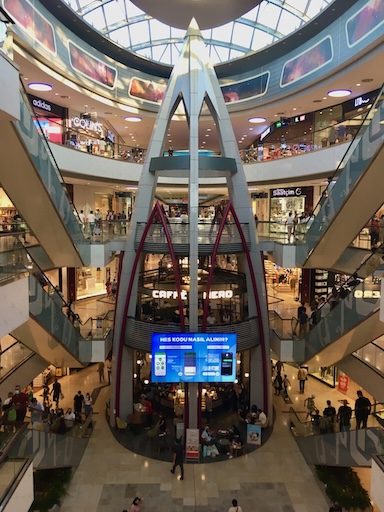
A genuine bus rapid transit system
A BRT system includes dedicated roadways for buses, allowing them to have priority at intersections where they might face other traffic. It also features design elements that reduce delays caused by passengers boarding or alighting, as well as by fare payments. The aim of BRT is to combine the capacity and speed of mass rapid transit systems like metros with the cost-effectiveness and lower capital investment of a traditional bus system. Many promote their systems as BRT, but they often lack the essential features that define a genuine BRT line. The Metrobus in Istanbul ticks all the boxes for a true and successful BRT system.
How to Navigate the Istanbul Metrobus System
The line stretches for 52 km and includes 44 stations. It was inaugurated in 2007 and saw several extensions until 2012. The entire Metrobus system operates on a dedicated transitway located in the center of a freeway, ensuring a right-of-way, except for the mixed traffic on the Bosporus Bridge, which links Europe and Asia. Like all public transport in Istanbul, it features a pre-payment system with turnstiles, meaning there is a distinct station for each stop. The system utilizes the Istanbulkart smart payment card, which is valid for all public transport in the city. What impressed me the most was the frequency of the buses, which seemed to arrive every minute, making it easy to catch the next one if the current bus is full. The articulated buses operate 24/7, although they run less frequently during the night.
The bus on the Asian side starts its journey from Söğütlüçeşme [map], which serves as the terminal for the Ankara–Istanbul high-speed railway. As it travels, the bus connects to the city’s central business district (CBD), particularly at Zorlu Center, a noteworthy mixed-use development located at Zincirlikuyu station. The route heads west but avoids the main tourist hotspots of Eminönü and Sultanahmet, making it less visible to most tourists. If you’re only in the city for a few days to see the main sights, it’s probably best to skip this transport option. However, if you have more time and want to discover a more authentic side of Istanbul, the bus system offers a great perspective.
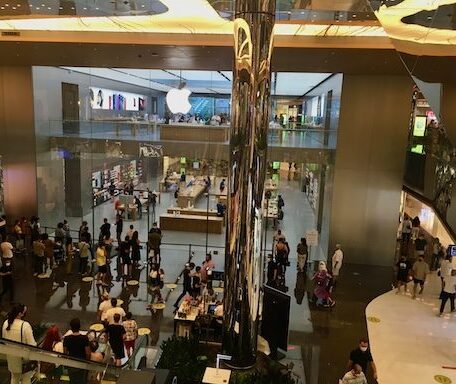
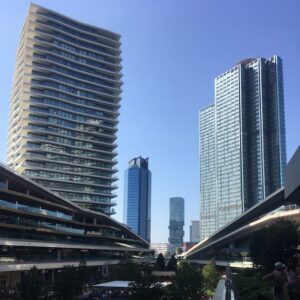
Istanbul Metrobus: Highlights of the trip
While it may not be the most convenient option for tourists, the Metrobus is quite effective for Istanbul residents. It connects the Asian side of the city to the central business district and various densely populated neighbourhoods in the west, with links to other transport options along the way. I took the bus all the way to the western terminus, which involved about an 85-minute ride. The end of the line wasn’t particularly exciting although did have a nice view, but I did get off a few times on my way back. Two highlights were the Marmara Park shopping centre, a large and impressive mall, and a bit further along was Menekse Beach Park [map], a lovely spot that families enjoy during the cooler summer evenings—perfect for a stroll to experience life beyond the tourist hotspots. Most buses were fairly busy, even during off-peak times, but they weren’t overcrowded, and passengers frequently hopped on and off, so seats would open up.
It would be a missed opportunity not to experience the ferries or ride the trams that navigate through the tourist hotspots. However, if you have a few extra days and want to explore a different side of this amazing city, consider taking a unique and authentic bus ride from Asia to Europe, venturing into parts of Istanbul that are rarely seen by tourists.

